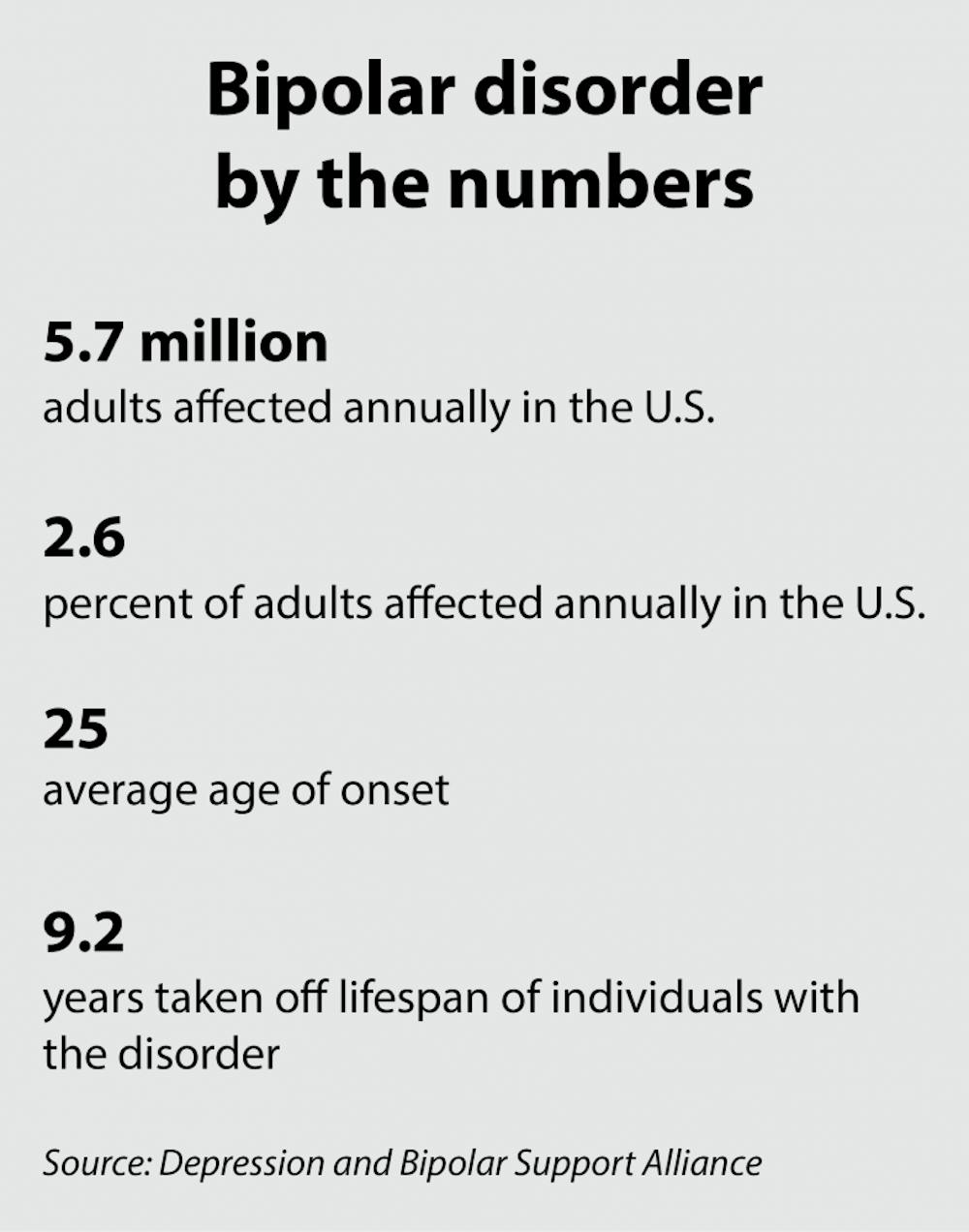Though the effects of combining more than two medications to treat bipolar I disorder have never been examined scientifically, the average bipolar patient admitted to Butler Hospital in 2010 was on six different medications, according to a new study led by Lauren Weinstock, assistant professor of psychiatry and human behavior.
Such medication practices place a burden on both the health care system and patients, but clearly do not meet their needs as they still require hospital care, Weinstock said.
Throughout their research on bipolar disorder over the years, Weinstock said, she and her colleagues noticed that a large number of their medicated patients were still symptomatic. The researchers were interested in clinically quantifying what they had been witnessing, so they analyzed the records of 230 patients.
Their findings were published in the journal Psychiatry Research earlier this month.
The results showed that 36 percent of the patients in the study met the criteria for “complex polypharmacy” — meaning they were taking four or more psychotropic medications that affect behavior and mental state.
Prescribing multiple medications to patients with bipolar disorder is not an evidence-based practice, Weinstock said, but patients at Butler tended to have been prescribed multiple medications by their community health providers.
Co-author Brandon Gaudiano, assistant professor of psychiatry and human behavior, said these findings are indicative of a divide between what evidence suggests and what is actually happening in the community.
“There are certain guidelines for what needs to be prescribed, and then there is clinical reality,” he said.
Weinstock explained that the lack of prior research on polypharmacy in bipolar disorder does not necessarily imply negative effects on patients. For some combinations of medications, polypharmacy can be useful, she said. But there are no clinical trials about which medications can be prescribed together effectively, she said.
Michael First, professor of clinical psychiatry at Columbia, said he was not involved in the study but he did not find it surprising that doctors prescribe more medications to treat patients who are still symptomatic. “Is it better to do nothing because we don’t have data on it?” he asked.
First added that the tendency of doctors to prescribe patients multiple medications is a marker of how difficult it is to treat bipolar disorder, as patients display multiple problems that cannot be targeted by a single treatment.
The study also found that women constituted 68 percent of the patients with complex polypharmacy. At first, the authors thought this was reflective of the higher incidence of depression in women, but this trend persisted even after controlling for depressive symptoms, Weinstock said.
No research has been done to explain this phenomenon, but Gaudiano said women could be experiencing more comorbid problems with bipolar disorder or vocalizing them more to their providers, thereby obtaining more medication.
Weinstock said a more effective combination of treatments is needed for bipolar disorder, and clinicians should consider alternatives to medication in order to enhance patient outcomes.
First said psychotherapy and psychoeducation need to be made available to patients in addition to traditional prescriptions. “A lot of the people who end up in the hospital are just receiving medications, not other forms of guidance,” he said.

ADVERTISEMENT




